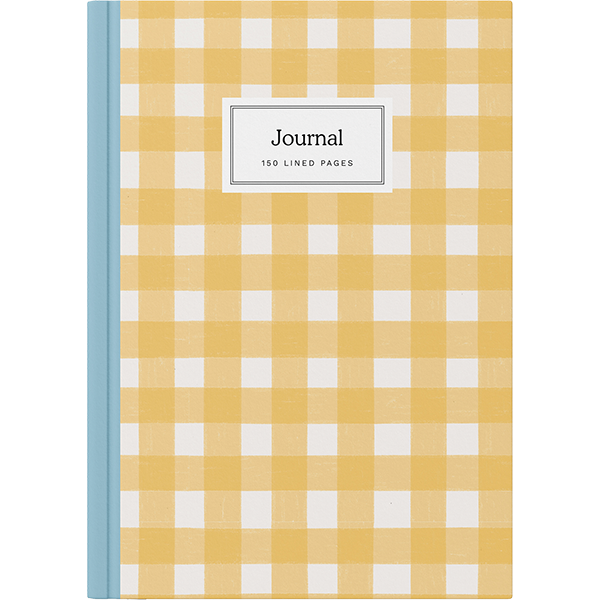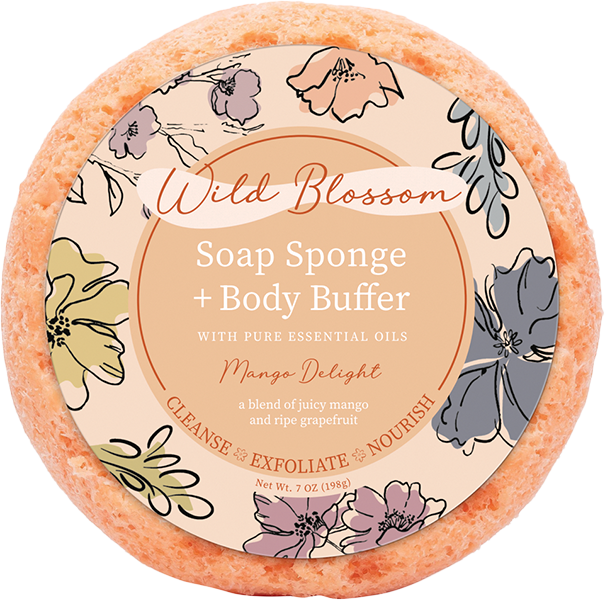Fads 101: From Fab to Fizzle
Which products are ripe to take off as a fad? How do you capitalize on the craze? Here’s a look at how to profit from a fast-moving fad.
Like champion surfers, retailers like you constantly look for the next big wave or fad to help grow business. But how do you know when you spot one? And how can you be sure that if you “surf” this one, that you won’t miss a bigger one behind it?
Like waves, fads come and go. There are many endless ideas coming at you every day. Some are just ripples while others are tsunamis. It helps to know the difference between the two, to be able to spot them early and to ride the “killers” for as long as it’s safe and productive. Like a champion surfer, your success will depend on your instinct to spot big ones, your skills to capitalize on the opportunity, your appetite for risk and your willingness to bailout at the proper time.
What is a fad?
A fad is a specific change in the market characterized by great enthusiasm and lasting for only a short period of time. The key characteristic of a fad is the higher degree of intensity (“craze”) compacted into a shorter, more dramatic time frame. Great examples of fads—past and present—include the Pet Rock, the Mood Rings and Silly Bandz.
How can you distinguish a fad from an everyday item in your store that sells really well? Fads are fast sellers.
The typical product life cycle is dramatically shorter than that of a basic product. The life cycle pattern of a fad is characterized by rapidly ascending demand and a similarly dramatic drop.
This compressed product life cycle is what makes capitalizing on a fad as a retailer, more challenging. When does a fad emerge? How do I spot it? How do I balance the risk of holding too much inventory when the fad expires versus missing out on the opportunity to capitalize on the frenzy?

Find the fad
Use your retail intuition. What does your gut instinct tell you? You may not be able to verbalize a good reason for why you feel the way you do, but you just know.
Be a visionary. Look beyond today to the future. Play the life of the product out in your mind six months, six years or 60 years.
Use your common and business sense. Common sense could have told most of us that the Pet Rock was going to be an item the world could live without. Our business sense could have told us that people would pay $3.95 for an average rock for only so long. Use this experience to help guide your business decisions.
Seek inspiration (and information) from industry sources. Do not fall victim to industry hype. Learn to filter information and apply a healthy dose of skepticism. Review the broader consumer trends and look for products that adapt to meet consumer needs.
Listen to the customer. Put yourself in the customer’s shoes. As a customer in the marketplace, is this something you feel you will want?
Look to key retailers for direction.
Understanding fads
Once you spot a fad, the next step is to understand how fads behave so that you can anticipate selling trends and buy the appropriate amount of merchandise to fuel the trend in your store.
Fads typically adhere to the following stages of their compressed life cycle:
- Ideation/Development
- Introduction
- Early Growth
- Word-of-Mouth
- Product Shortages
- Price Increases
- Enhanced Exposure/Heavy and Positive Media Coverage
- Increased Competition
- Expanded Awareness
- Late Growth
- Market Saturation Approaches
- Product Line Extensions
- Media Coverage Turns Negative
- Rapid Maturity and Decline
Spot trends early for best results. Early identification of potential fads will enable you to track their development and determine if and when you want to pursue the opportunity with your customers. Obviously the earlier you enter a fad, the more profits you will make. For most gift retailers, if you enter the fad product cycle between the “Early Growth” and the “Word-of-Mouth” stages (with the right levels of inventory) you will be poised to capture the most sales on the item.
Timing matters. A note of caution: If you are poised to enter a fad cycle beyond the product shortage phase, keep in mind that you will be entering a very price-sensitive market. You will begin to see price promotions during this phase and potential permanent price reductions from bigger retailers as they seek to exit the fad and move on to the next one. Avoid being too late on a fad. It might be better to let this one pass you by and seek out products that will be next in to the market.
Fads can be risky business. Another factor to consider when entering the fad product market is your personal risk tolerance. This will help you determine how much you are prepared to invest on fad products—and subsequently how much you could potentially lose if the fad sputters out sooner than you expected. Keep in mind those retailers who are willing to risk potential losses are also the ones who will benefit the most from a fad product as they will be in the best inventory position once the fad does take off.
Why do some fads take off and others sputter out? Factors such as status, identity, escapism, signs of the times, perceived value due to scarcity, enhanced labeling and awareness can all lead to fad success. Today, the potential for ideas to propagate into fads has become increasingly easier, yet more complex. The viral nature of the Internet and social media has enabled fads to accelerate up the life cycle even more rapidly. As a retailer, you need to understand how the web can affect (or spawn) fads. This information will help you spot lucrative fads before your competitors do. The early bird not only gets the worm, but potentially controls the inventory as well.
Fads fizzle over time. Factors such as saturation, controversy, replacement or substitution, increased levels of market distraction, diversion of attention are all potential contributors to the conclusion of a fad. In spite of all the marketing efforts of the fad creator, public perception can swiftly change. Be cognizant of the inevitable demise.
Do not get too greedy and be left with inventory to write down or off.
Inventory management
So now that we understand the fundamentals of a fad, and how to watch for one, how do you order the right quantity? Unfortunately, there is no magic formula for placing orders on fad product. Again, your intuition rules here. However there are some guidelines that can help:
Look at store best sellers to see what type of sell-through you get on a weekly basis. Weekly sales on fab products should be at least equal to that. Ideally sales of fad products should be 50-60% better than your store’s best-selling products.
Plan your fad inventory by quarter for the best success. Think about a 12-week sales time period and order units based on this. Take your unit sales on your best seller for 12 weeks as a guideline for the number of units to order initially. This will give you a good startup inventory and will allow you to have ample supply should the item exceed your expectations. It will also give you time to get in a reorder so you don’t miss out on sales.
Understand the reorder requirements and capabilities of the supplier before the fad begins. This will help you plan your reorders more effectively if and when the fad takes off.
Once a fad is on the downward curve (your weekly sales slows down dramatically from early levels) it’s time to think about liquidation. Yes, there may still be some sales to be had, but spending time on diminishing returns is not good for your business. You need to plan a liquidation strategy for any excess fad merchandise. The key is to liquidate and move on to the next fad.
Fad products can add a lot to your store. The potential for additional sales and profits is a big attraction. In fact, fads can attract customers who might not ordinarily visit your store—make sure to offer these customers an incentive to visit again.
Equally important, you have an opportunity to earn the good will of your customers. If they know that your store is the location to find the latest and greatest fads—and that you have enough inventory to merit a visit, you will go a long way to securing long-term loyalty. Even better, your customers will help spread the word, thus become a great marketing tool for the business. This alone is worth the cost of some fad product inventory.























